Results 3,631 to 3,640 of 12096
Thread: Anandtech News
-
02-13-14, 04:32 AM #3631
Anandtech: AMD’s DockPort Given Virtual Overview
Flying somewhat under the radar, DockPort from AMD is designed to be a low-cost all-in-one solution for external connectivity for a PC or tablet.  Sound familiar?  Like Thunderbolt familiar? This is AMD’s solution to the issue of connectivity, using the DisplayPort connector to transfer USB information as well as audio/visual.
Not a lot has been said about DockPort, despite originally being given a name sometime in 2012, but since CES 2014 has been adopted as an official DisplayPort standard extension by VESA with a finalized standard expected in Q2.  With the combination of DisplayPort and USB 3.0 over a single cable, AMD’s video explains it best how it can be used:
To list the possible uses:
- Charging (over USB 3.0 standard we would assume)
- Docking to an external keyboard/battery/audio
- Connecting Storage, Audio outputs, Video outputs, USB hubs
- Share video or run multiple video screens
Basically this is everything USB can do, including video stream via DisplayPort, albeit in a single interface that is already standard across many systems and form factors.  AMD have not specified what extra hardware is needed beyond DisplayPort compatibility (presumably the next iteration of the DisplayPort standard) or whether this extension is just for limited use with a bridge chip.  DockPort verified cables will be needed, and no idea on the cost of those this early in the development cycle, or whether the standard will be roped into DisplayPort fundamentally.  The main competition is of course with Intel's Thunderbolt, where one of the features I am most looking forward to is Graphics over TB.  That will not be possible with DockPort, but it will try to do everything else it seems, although it does seem to suggest that DockPort will be limited to USB 3.0 for any data-related daisy chaining, unless AMD have an ace up their sleeve.
I would imagine AMD would tie this technology into their desktop motherboard line, as well as their SoCs, when it is ready which might increase adoption rates faster than Thunderbolt.  Having both interfaces use a similar sort of connector asks the question whether the two interfaces might be coherent in the same output/input, making future devices (namely storage) able to use both in one connector rather than have specific DockPort/TB inputs.
This is still early days, given the computer generated nature of AMD’s video.  Computex is still several months away – we might see an real world update then.  Looking forward to it…!
 
Gallery: AMD’s DockPort Given Virtual Overview






More...
-
02-13-14, 07:31 AM #3632
Anandtech: The AMD Radeon R7 265 & R7 260 Review: Feat Sapphire & Asus
The launch of the Radeon R7 250X earlier this week and today the Radeon R7 265 are part of a larger refactoring of AMD’s mainstream desktop product family. AMD is cutting prices and launching new products both to maintain and enhance their competitive position, and to fill holes in their lineup – however small – to cover as many price points as possible. The end result is that along with a price cut for the existing R7 260X, which will see AMD’s flagship Bonaire part drop to $119, AMD is also using this time to launch parts above it and below it in order to fill the holes this refactoring is creating.
A key part of that refactoring strategy will be today’s launch of the Radeon R7 265. With R7 260X dropping to $119 and R7 270 holding at $179 (MSRP), AMD has a $60 gap that needs to be filled with a new product, and R7 265 is that product. Based on AMD’s venerable Pitcairn GPU, R7 265 will be filling this gap by bringing a variant of the Radeon HD 7850 back to the market, creating a 3rd tier Pitcairn product for the 200 series. Compared to the 7850 that it’s based on, R7 265 is receiving the same GPU clockspeed and memory clockspeed bump that the 7870-derrived R9 270 series saw last year that will make the R7 265 a bit faster than the 7850 it functionally replaces and making it better suited to fill the gap between the R9 270 and R7 260X.

More...
-
02-13-14, 02:30 PM #3633
Anandtech: Nanoxia Deep Silence 6 Review
We've reviewed a few of Nanoxia's cases already, and they've done well overall. Today we're looking at their latest and grandest creation, the Deep Silence 6. As the name implies, this is the sixth case that Nanoxia has designed and it's targeted towards a very specific segment of the market, namely hardcore enthusiasts and advanced users that might want a gigantic case. How does Nanoxia fare when you take their core design and "super size" it? Read on for the full review.

More...
-
02-14-14, 10:00 AM #3634
Anandtech: MSI X79A-GD45 Plus Review: Building Up
Breaking into the X79 game at this late stage is a rough business.  The major action was at Sandy Bridge-E launch, and the Ivy Bridge-E release was a minor bump in comparison.  Due to the lack of a new chipset, only few motherboard vendors put new product onto the market for IVB-E launch.  One of them was MSI, with a slightly non-conventional X79A-GD45 Plus, which we are reviewing today.

More...
-
02-14-14, 11:30 AM #3635
Anandtech: Radeon R9 290X Retail Prices Hit $900
Though we keep track of video card pricing regularly on an internal basis, it’s not something we normally publish outside of our semi-regular buyer’s guides. More often than not video card pricing is slow to move (if it moves at all), as big price shifts come in concert with either scheduled price cuts or new product introductions. But in a process that has defied our expectations for more than a month now, even we can’t fail to notice what Radeon prices are quite literally up to.
In a sign of the daffy times we live in, Radeon R9 290X prices have hit $900 this week at Newegg. Every card, from the reference models to the water block model, is now at $899, with Newegg apparently doing brisk enough business to be sold out of more than half of their different 290X SKUs. This of course is some $350 over the 290X’s original launch price of $550, a 64% price bump. Meanwhile the Radeon R9 290 has been similarly affected, with 290 cards starting at $600, $200 (50%) over MSRP.
The culprit, as has been the case since the start, continues to be the strong demand for the cards from cryptocoin miners, who are willing to pay a premium for the cards in anticipation of still being able to turn a profit off of them in the long run. Interestingly this also comes right as Chinese New Year comes to a close. Chinese New Year doesn’t typically affect video card prices for cards that are already released and on shelves, but the lack of production for the roughly 2 week span certainly isn’t doing the 290X market any favors given the strong demand for the cards. In the meantime however this does mean that 290X cards are unfortunately priced out of the hands of gamers more than ever before; at $900, we’d be just $10 short of a GTX 780 Ti and a Core i5-4670K to go with it.
Finally, it’s interesting to note that this phenomena remains almost entirely limited to North America. Our own Ian Cutress quickly checked a couple of UK retailers, Scan.co.uk and Overclockers.co.uk, and found that both of them had 290 series cards in stock at pre-VAT prices that were only marginally above the North American MSRPs. A PowerColor R9 290 OC can be found for £275 (~$460 USD) and an XFX R9 290X for £334 (~$560 USD). The European market of course has its own idiosyncrasies, but ultimately it’s clear that UK pricing has gone largely unaffected by the forces that have driven up North American pricing, making this one of those rare occasions where hardware is more expensive in North America than in Europe, even after taxes.
 Radeon R9 290 Series Prices   North America UK (excluding VAT) Radeon R9 290X $899 £334 (~$560 USD) Radeon R9 290 $599 £275 (~$460 USD)

More...
-
02-14-14, 04:30 PM #3636
Anandtech: Lian Li Launches the PC-A51 ATX Mid-Tower Reverse Air-Flow Chassis
It seems that the further down the chain of PC components, the more companies there are to produce the hardware.  For desktop PCs we have two main CPU manufacturers, three main GPU manufacturers (including Intel), half-dozen mainstream motherboard manufacturers, about the same memory manufacturers (many smaller ones), a dozen storage manufacturers and a couple dozen main chassis manufacturers (with even more getting involved in CPU cooling).  To this extent, more competition requires more innovation and brand recognition to differentiate the company: over the past several years, we have seen Lian Li come out with a variety of unique case designs, and the PC-A51 today is a little more conservative in that respect.
The PC-A51 is a 44 litre ATX mid-tower design suitable for CPU coolers up to 175mm (6.8”), 160mm (6.2”) PSUs and 400mm (15.7”) GPUs.  The brushed aluminium commonly associated with Lian Li is here, with a side window on the PC-A51WX and PC-A51WRX models.  The chassis comes in at 4.9 kg, measuring 230mm*393mm*489mm (WxHxD), with space for five storage drives (2.5” or 3.5”) in the main section and two 2.5” drives in the cable management area.
The thermal design is based around a reverse airflow system – air comes in through the rear 120mm fan, passes through the CPU cooler (make sure it is mounted the right way, this should also give the bigger temperature delta between hot/cold), and through the storage drives out the front panel ventilation holes.  The system also has liquid cooling grommets and space for a 240mm/280mm radiator on the top.
This layout is a little odd, as the intake of air comes above the outtake of the GPU airflow, suggesting that warm GPU air will come in at the CPU level, re-entering the case.
The chassis is also designed for a front mounted PSU, with an internal cable being routed through the 30mm of cable management space behind the motherboard.  Two of the storage bays have to be removed for an initial GPU longer than 280mm, and GPUs beyond the first have a 280mm limitation depending on the PSU.
The chassis is a tool-less design, with the front panel featuring four USB 3.0 ports, audio jacks and space for one 5.25” drive.  As seen in the images, these four USB 3.0 ports use two cables rather than a hub, meaning that in order to get full use of these ports, the user needs a motherboard with at least two USB 3.0 headers.  This combination is commonly found on the more expensive Intel 8-series motherboards that advertise 10 USB 3.0 ports or more.
The PC-A51A (silver, no window) and PC-A51B (black, no window) will be available in North America from the end of February at an MSRP of $149.  The PCA51WX (black, window) will be released at the same time for $189, and the PC-A51WRC (red and black, window) will be available in April at $199.
Gallery: Lian Li Launches the PC-A51 ATX Mid-Tower Reverse Air-Flow Chassis






More...
-
02-15-14, 10:30 AM #3637
Anandtech: 5TB 3.5” Enterprise HDD from Toshiba Announced
Despite the focus on immediate storage is on the solid-state drive, whenever a large backup is needed then the mechanical hard-disk drive is still reigning supreme, and the demand for data density has never been higher.  In the consumer space 4TB drives have been on sale for a while, currently for around $164 in the US or £123 in the UK.  These were four platters at 1TB each, or five platters at 800 GB each, using PMR (paramagnetic recording, remember this video?).  Toshiba Electronics Europe has just announced the amalgamation of the higher platter density with the higher number of platters, in an enterprise level 5TB 3.5” 7200 RPM drive.
These new drives will fall under the MG04 heading, succeeding the MG03 range.  Some of these drives also feature Persistent Write Cache Technology, which Toshiba states improves application performance and data-loss protection.  The drives will be equipped with either 6Gb/s SAS (MG04SCA) or 6Gb/s SATA (MG04ACA) interfaces, and can also be supplied with Toshiba’s Sanitize Instant Erase (SIE) functionality.
The SIE drives have models that support either 512e or 4Kn format storage modes for modern performance or legacy applications.  The drives are quoted with a 4.17ms average latency time, 8.5-9.5ms read/write seek time and a sustained transfer speed of 205 MiB/s.  MTTF is at 1.2m hours, with idle power quoted as 6.2W, with 11.3W during read/write operations.  The internal buffer for SATA drives is set at 128 MiB, with SAS drives having 64 MiB.
No information was given about release date and pricing – given the enterprise focus that Toshiba Electronics Europe is giving this product, I would imagine the focus would turn to local Toshiba representatives for individual pricing.
Given that one other company has been quoted as using Shingled Magnetic Recording in their 5TB drives for 2014, after speaking with Kristian we are under the assumption that this is still PMR technology.  I must confess that at this point in the HDD cycle we might have 6TB 3.5” drives in the consumer market, but the recent focus on SSD consistency and a combination of overcoming physical limitations via new methods might be causes for the delay.  HGST are sampling their 6TB helium filled drives, however that technology is aimed solely at the enterprise market.  Should we get a sample in, keep your eyes peeled for a review.
 

More...
-
02-18-14, 09:00 AM #3638
Anandtech: The NVIDIA GeForce GTX 750 Ti and GTX 750 Review: Maxwell Makes Its Move
As the GPU company who’s arguably more transparent about their long-term product plans, NVIDIA still manages to surprise us time and time again. Case in point, we have known since 2012 that NVIDIA’s follow-up architecture to Kepler would be Maxwell, but it’s only more recently that we’ve begun to understand the complete significance of Maxwell to the company’s plans. Each and every generation of GPUs brings with it an important mix of improvements, new features, and enhanced performance; but fundamental shifts are fewer and far between. So when we found out Maxwell would be one of those fundamental shifts, it changed our perspective and expectations significantly.
Read on for our review of Maxwell, NVIDIA's next major GPU technology and the first card it'll be found in: the GeForce GTX 750.

More...
-
02-18-14, 09:00 AM #3639
Anandtech: NVIDIA's GeForce GTX Titan Black: No Compromises for Gaming & Compute
NVIDIA's GeForce GTX Titan was an absolute beast when it launched. With 7.1 billion transistors and an architecture that separated itself from high-end consumer GPUs, the Titan was worthy of its name. It took 9 months for NVIDIA to make a gaming focused version: the GeForce GTX 780 Ti. Although the 780 Ti gave up double precision floating point performance (FP64) and 3GB of GDDR5, it made up for the deficit by enabling all 15 SMXs and running its memory at a 16% higher frequency. The result was that Titan was a better compute card, while the 780 Ti was better for gamers. You couldn't have both, you had to choose one or the other.
Today NVIDIA is letting its compute-at-home customers have their cake and eat it too with the GeForce GTX Titan Black. The Titan Black is a full GK110 implementation, just like the GTX 780 Ti, with all of the compute focused-ness of the old GTX Titan. That means you get FP64 performance that's only 1/3 of the card's FP32 performance (compared to 1/24 with the 780 Ti). It also means that there's a full 6GB of GDDR5 on the card, up from 3GB on the 780 Ti.
Unlike the original Titan, there are no compromises on frequency. The memory runs at a full 7GHz data rate just like the 780 Ti. The GK110 core and boost clocks are up by 1.6% and 5.6% compared to the 780 Ti, respectively. Compared to the original Titan we're talking about anywhere from a 13.8% to a 19.9% increase in performance on compute bound workloads or a 16.7% increase on memory bandwidth bound workloads.  GTX Titan Black GTX 780 Ti GTX Titan GTX 780 Stream Processors 2880 2880 2688 2304 Texture Units 240 240 224 192 ROPs 48 48 48 48 Core Clock 889MHz 875MHz 837MHz 863MHz Boost Clock 980MHz 928MHz 876MHz 900MHz Memory Clock 7GHz GDDR5 7GHz GDDR5 6GHz GDDR5 6GHz GDDR5 Memory Bus Width 384-bit 384-bit 384-bit 384-bit VRAM 6GB 3GB 6GB 3GB FP64 1/3 FP32 1/24 FP32 1/3 FP32 1/24 FP32 TDP 250W 250W 250W 250W Transistor Count 7.1B 7.1B 7.1B 7.1B Manufacturing Process TSMC 28nm TSMC 28nm TSMC 28nm TSMC 28nm Launch Date 2/18/14 11/07/13 02/21/13 05/23/13 Launch Price $999 $699 $999 $649
Gaming performance should be effectively equal to the 780 Ti. NVIDIA doesn't expect a substantial advantage from the core/boost clock gains and thus didn't bother with a sampling program for the Titan Black.
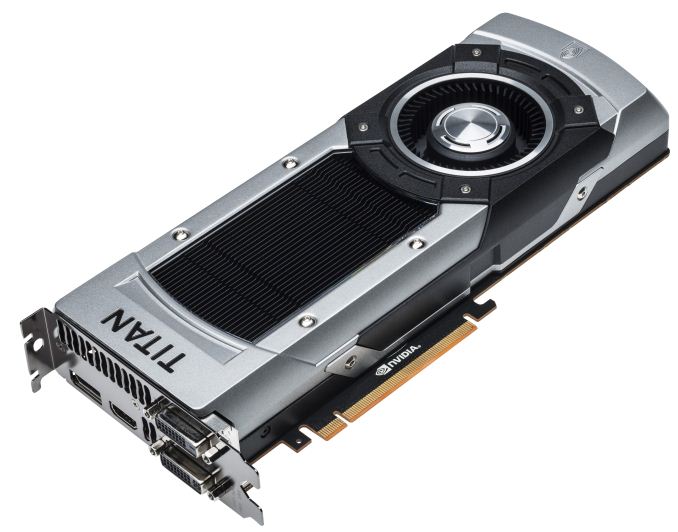
The heatsink looks identical to the original Titan, just in black (like the 780 Ti). We've got dissection shots in the gallery below.
We've heard availability will be limited on the GeForce GTX Titan Black. Cards will retail for $999, just like the original Titan.
The Titan Black should be a no-compromises card that can deliver on both gaming and compute fronts. It's clear that NVIDIA wants to continue to invest in the Titan brand, the only question going forward is what will it replace GK110 with and when.
Gallery: NVIDIA's GeForce GTX Titan Black: No Compromises for Gaming & ComputeGeForce_GTX_Titan_Black_Bracket_thumb.jpg)






More...
-
02-18-14, 11:30 PM #3640
Anandtech: AMD Announces "AMD Rewards" Program for the Gaming Evolved Application
We normally don’t cover contests and giveaways, but this one is just a bit different than the others and sheds some light on the inner workings of AMD, so we’ll take a quick look at it.
AMD is announcing today that they’re starting up a rewards program for users of their Gaming Evolved Application. The rewards program, dubbed AMD Rewards (not to be confused with Radeon Rewards) is a point based system that will see AMD rewarding users for using the Gaming Evolved application. The points in turn will be redeemable for a number of items, including games and some 3rd party hardware items, but most notably Sapphire Radeon R9 cards. All told, AMD is apparently putting up $5 million USD in merchandise, which would be a significant expense for a single promotion.
What makes this notable is the actions that will earn points in the program. AMD’s press release doesn’t have a complete list, but using the GEA game optimization service and playing supported games are specifically mentioned as activities that earn points. As we covered back in November when the GEA launched, the ad-hoc nature of data collection being used by Raptr and AMD meant that the service started with a very limited data set for optimization recommendations, due to a lack of data to bootstrap the service. Without a dedicated group to provide at least the initial data, the service would be slow to ramp up as AMD needs users playing games and running the GEA first, and only then would they be able to generate recommendations.
This latest promotion looks to be an effort at finally solving the data problem by providing an additional incentive for Radeon owners to use the GEA. If AMD can get enough data collected to make the service widely useful, then it would be able to achieve the critical mass of users needed to make the GEA game optimization service self-sustaining. We'll have to continue to keep an eye on the service and see what this does for AMD's data set. The idea behind the optimization service is very cool, so hopefully this promotion can give AMD the additional data the service needs to really shine.

More...
Thread Information
Users Browsing this Thread
There are currently 30 users browsing this thread. (0 members and 30 guests)




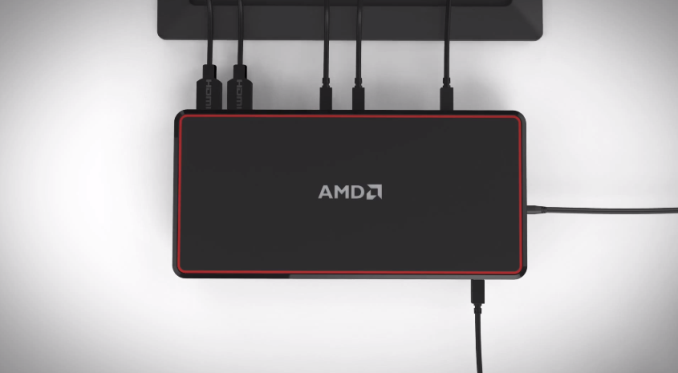

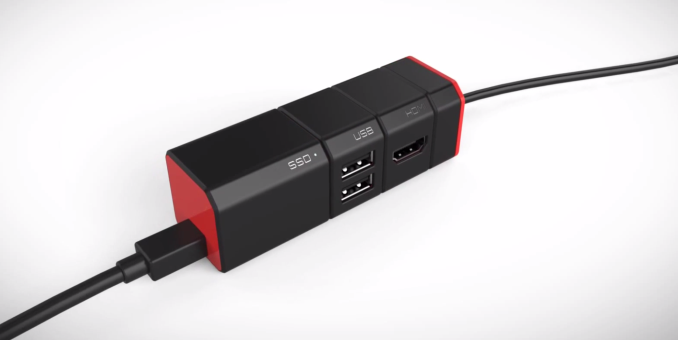






 Quote
Quote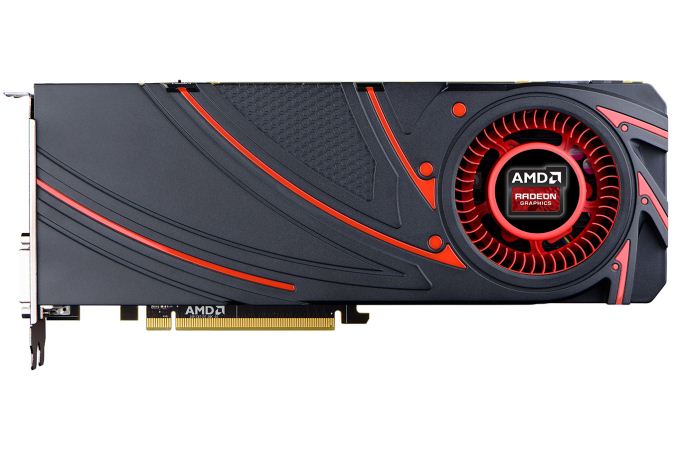

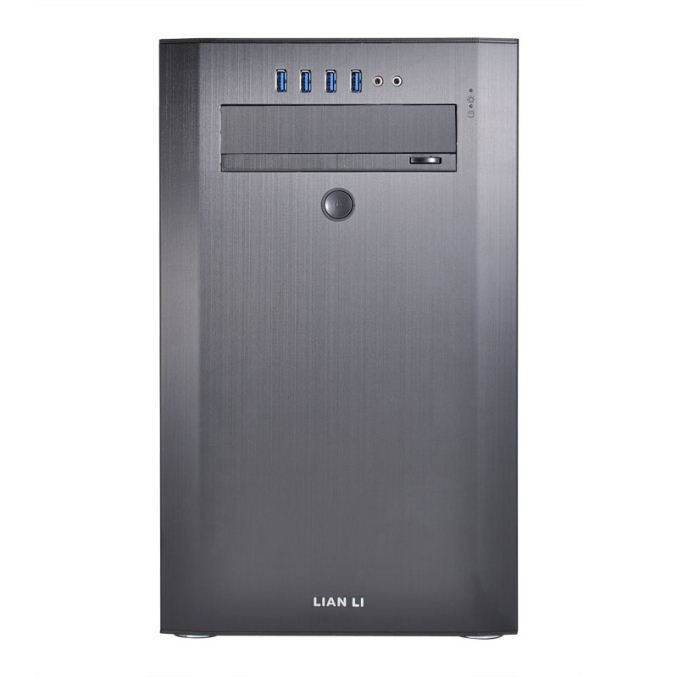




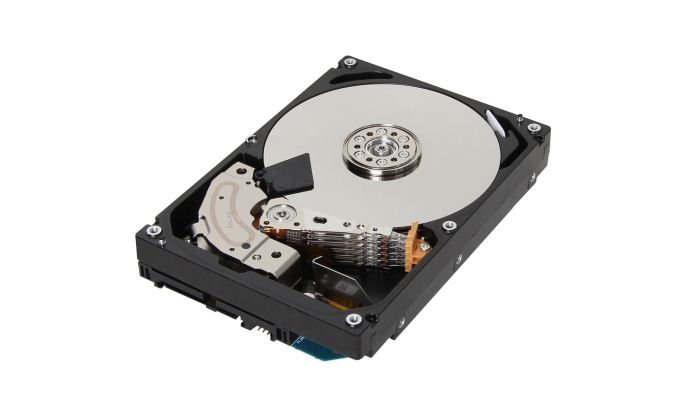
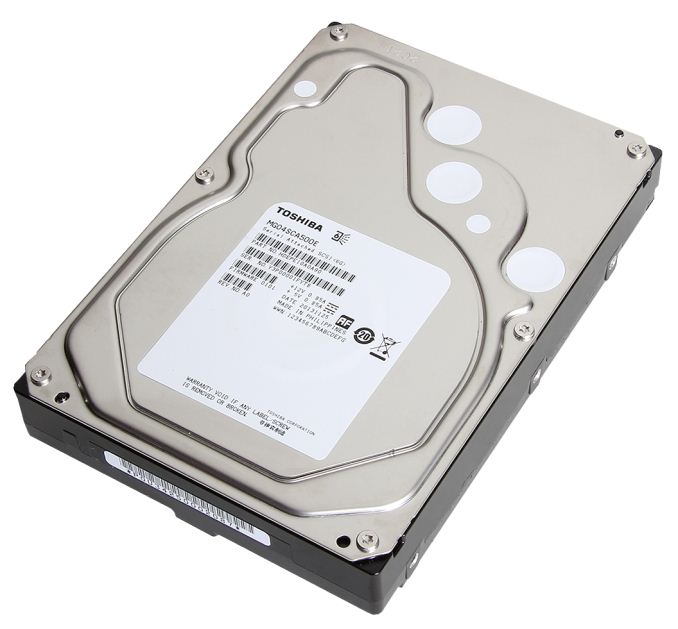
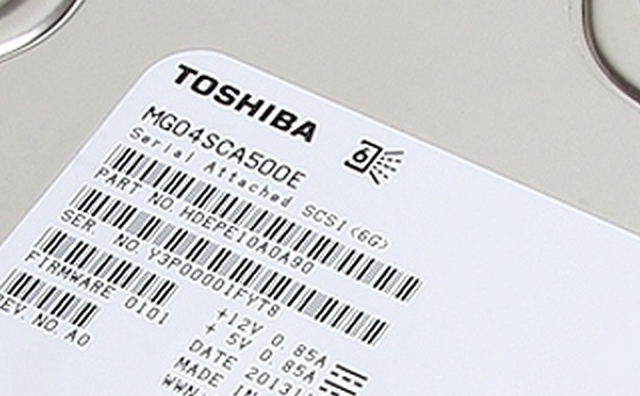
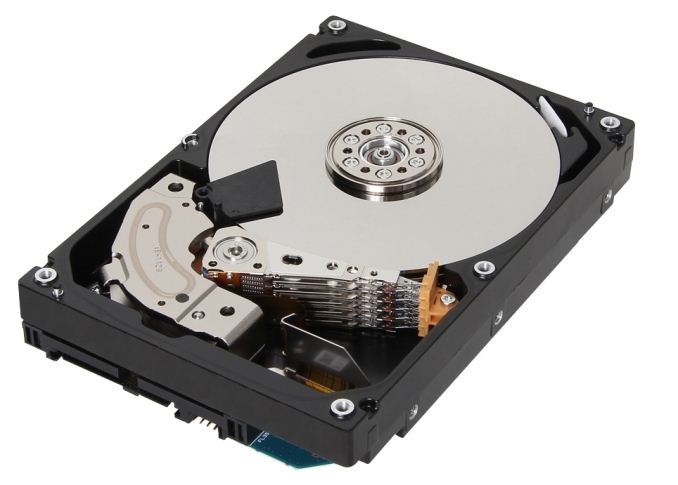
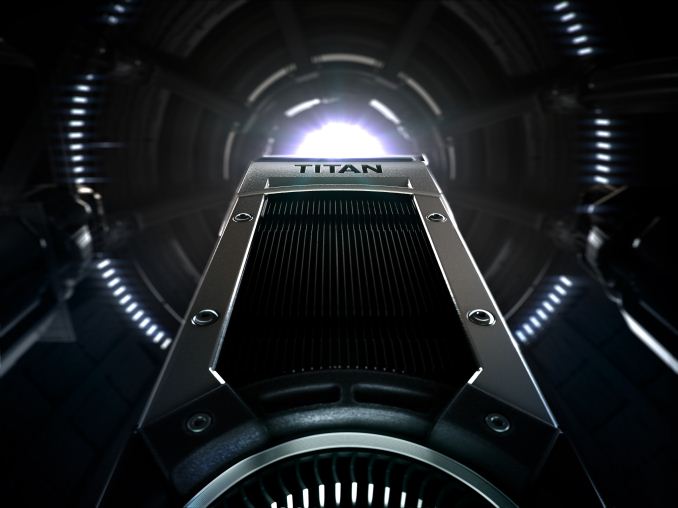
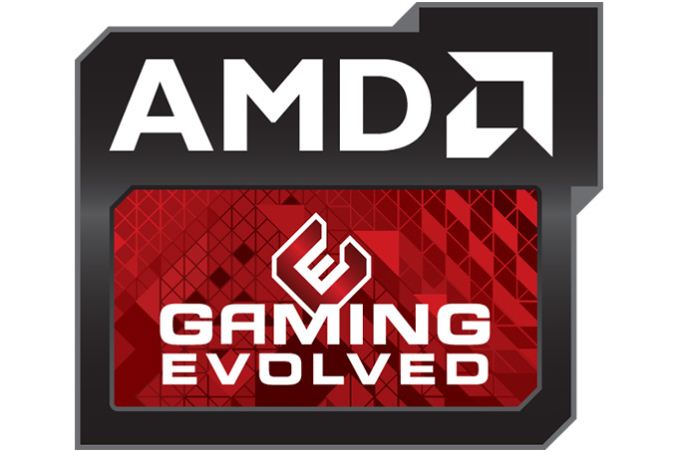

















Bookmarks